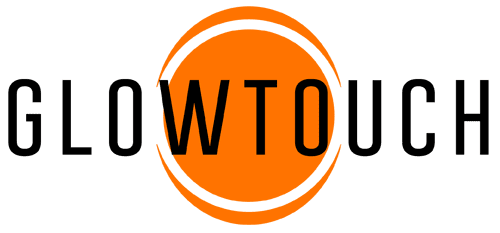Scrum Process Flow
In our recent post, “The Scrum Framework: A Guide,” we provided an overview of Scrum teams and the responsibilities associated with each role. This content continues our introduction to Scrum and how teams can use it to achieve efficient, high-quality results that minimize risk and maximize product delivery.
Our previous content discussed the product backlog. It noted that it identifies the project’s long-term priorities and lists features, functions, requirements, enhancements, and fixes. After a product backlog is created, backlog refinement takes place. This reviews and revises items to add detail, estimates, and order. During this process, the product development team works out the refinement details. The product owner can update the backlog refinement at any time.
During sprint planning, the team determines the sprint goal.
The time spent on planning is important: estimates from Scrum developers suggest a maximum of eight hours for a one-month sprint or two hours a week. The plan answers the following questions:
- What items can be delivered within the sprint increment?
- How will the work completed within this sprint achieve the increment goal?
- How will the chosen work get done?
The development team decides what is to be completed within a sprint and how it should work and explains it to the product owner and Scrum master. The Scrum master’s responsibility is to make sure the team is taking on a reasonable, achievable amount of work and doesn’t overcommit. In many cases, Scrum Alliance notes that “items on the sprint backlog are tasked out to give the team confidence that it can complete the item.”
The daily Scrum is a meeting conducted by the development team in order to improve communication, eliminate the need for other meetings, identify roadblocks and promote quick decision-making.
Click To Tweet
The daily Scrum is a meeting conducted by the development team; it will improve communication, eliminate the need for other meetings, identify roadblocks and promote quick decision-making. These meetings typically last for 15 minutes and allow the teams to sync up on activities completed since the previous daily Scrum and forecast the work done before the next one. Team members typically answer questions such as:
- What did I do yesterday to help the team meet our goal?
- What will I do today to help the team meet our goal?
- Are there any bottlenecks or roadblocks that prevent me (or the team) from meeting the goal?
The Scrum master’s responsibility is to facilitate the removal of any impediments that would keep the team from achieving the sprint’s goals.
This may require working with various team members and other stakeholders. The development team often meets immediately after the daily Scrum to elicit feedback and foster collaboration. This enables them to adapt or re-plan the remaining work as needed.
Sprint review meetings are informal and held at the end of the sprint.
During these meetings, the team discusses the work completed during the sprint. Based on events that occurred during the sprint itself (if changes were made to the product backlog), the discussion shifts to what can be done to optimize value. Sprint review is also when the product owner and team show the results to stakeholders. They do this to highlight the team’s progress and get feedback on what they’ve completed so far.
The sprint retrospective meeting occurs after the sprint review and before the next sprint planning meeting.
It has three purposes: to evaluate the previous sprint in regards to people, relationships, processes, and tools, to identify and order the items that went well as potential improvements, and to create an implementation plan for the identified improvements. When changes need to be made moving forward, they are enforced by the Scrum master in future sprints. After the retrospective, the current sprint is complete, and the team begins the next sprint, release, or project as appropriate.
Now that you have a basic understanding of the Scrum process flow, it’s time to learn how to execute Scrum in the most effective, efficient way possible. Look for our upcoming content on Scrum best practices to help you implement Scrum in your enterprise. For more information, please email us at info@glowtouch.com.


















































